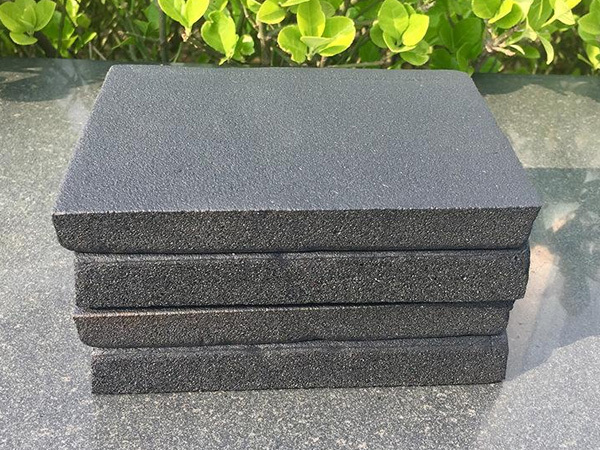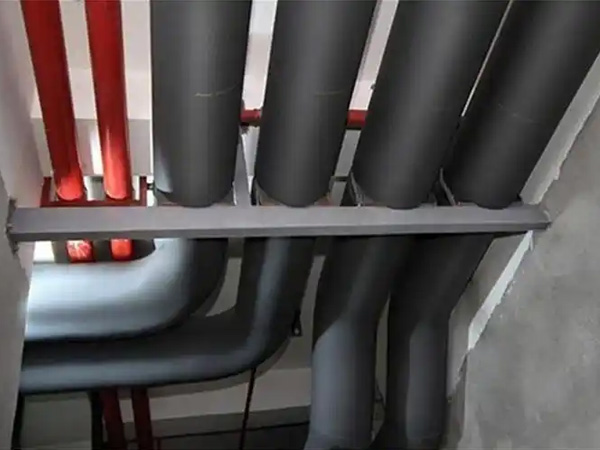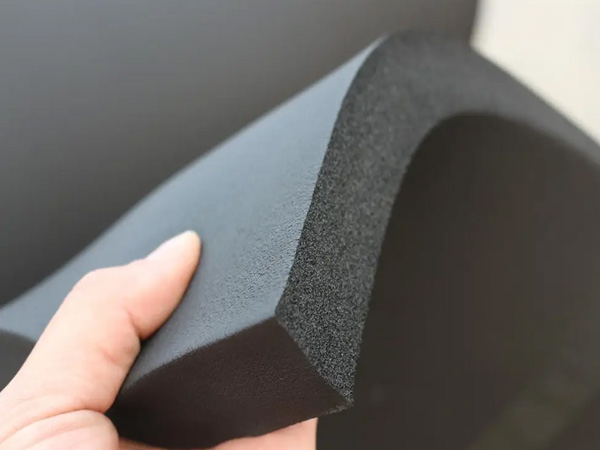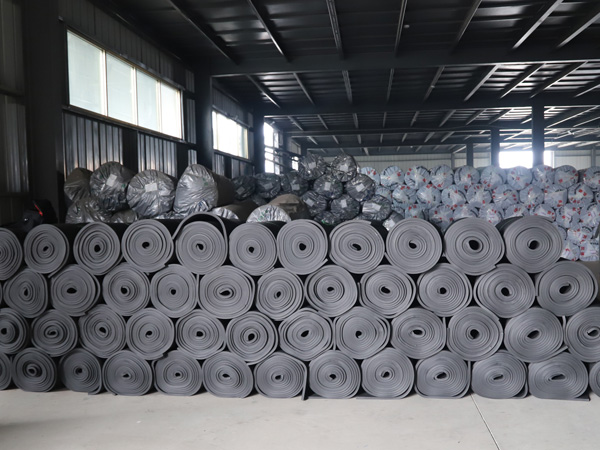Practical Installation Tips for Elastomeric Foam (Rubber-Plastic Boards)
2025-06-18 15:37:49
Practical Installation Tips for Elastomeric Foam (Rubber-Plastic Boards)
1. Pre-Installation Preparation
Surface Conditioning
Ensure all substrates are clean, dry and free from oil/grease. For metal pipes, remove rust with wire brushing and apply anti-corrosion primer when needed.
Material Acclimatization
Store boards at job site for 24 hours (15-30°C) to stabilize temperature and prevent post-installation shrinkage/expansion.
2. Cutting & Fitting Techniques
Precision Tools
Use sharp utility knives with hooked blades for straight cuts. For curved surfaces, make relief cuts every 30° to maintain smooth bends without creasing.
Template Method
Create cardboard templates for complex fittings (valves, elbows) before cutting insulation material.
3. Adhesive Application
Contact Cement Method
Apply thin, even coats to both surfaces with notched trowel (3mm teeth). Allow 5-7 minutes tack time before joining for maximum bond strength.
Seam Sealing
Use butyl tape for longitudinal joints on pipes. For sheet installations, overlap edges by 20mm and seal with compatible mastic.
4. Special Component Handling
Flange Insulation
Cut doughnut-shaped pieces with 10mm extra diameter. Secure with stainless steel bands without over-compression.
Valve Boxing
Construct removable insulated boxes using 2-part polyurethane foam for perfect geometry replication.
5. Vapor Barrier Integrity
Lap Joints
Always orient self-sealing laps downward on vertical pipes to prevent moisture ingress. Seal terminal points with fluid-applied membrane.
Penetrations
Use pre-formed EPDM boot seals at pipe supports/wall penetrations, secured with corrosion-resistant clamps.
6. Quality Control Measures
Bond Testing
Conduct pull-off tests (per ASTM C633) on sample areas before full installation. Minimum 150kPa adhesion strength required.
Thermal Imaging
Perform infrared scans post-installation to identify voids or moisture accumulation (≥2°C temperature differential indicates defects).
7. Safety & Efficiency
Cold Weather Workarounds
Below 5°C: Use winter-grade adhesives and heated enclosures (infrared tents) to maintain 10°C minimum curing temperature.
Tool Maintenance
Keep cutting blades sharp - dull tools cause ragged edges that compromise vapor sealing. Rotate blades every 15 linear meters.
For marine applications, add extra corrosion protection at all metal contact points using zinc-rich tapes. Always maintain 3mm expansion gap at structural connections to accommodate movement.

OurFlame Retardant Rubber Foamis a premium closed-cell elastomeric insulation material engi...

OurRubber Pipe Insulationis a high-performance solution designed specifically for HVAC pipi...

Rubber Foam Insulation Sheet – Product Introduction Premium Flexible Insulation for Therm...

Specially engineered for refrigeration applications, ourElastomeric Rubber Insulationprovid...



